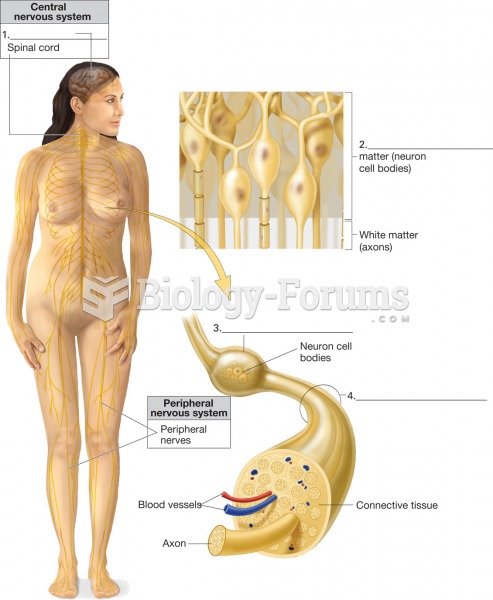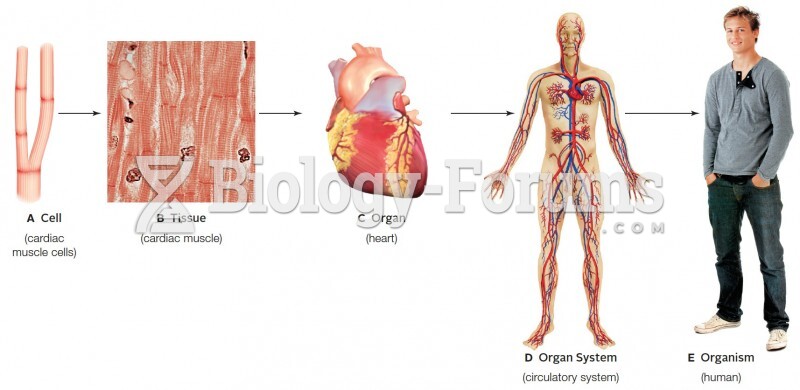Answer to Question 1
How the courts are organized and administered has a profound effect on the way cases are processed and on the type of justice that results. Although people often talk about the American legal system, no such entity exists. Instead, America has 51 legal systemsthe federal courts and separate courts in each of the 50 states. Lawyers sometimes try to maneuver cases so that they are heard in courts that are perceived to be favorable to their clients. For example, some criminal offenses violate both state and federal laws. As a general rule, federal officials prosecute major violations, leaving more minor prosecutions to state officials. The prosecution of the DC-area snipers illustrates the importance of the choice of courts. The 50 state court systems are in actuality often structured on a local basis. The officials who staff these courts are recruited from the local community they serve and thus reflect the sentiments of that community.
As a result, the U.S. system of justice has close ties to local communities and the application of state law often has a local flavor. Local control of justice has the obvious advantage of closely linking courts to the people they serve. But local control has also been an incubator of corruption and injustice. The locally administered criminal justice system has also been marked by pockets of injustice. The dual court system has provided a safety valve for checking the most flagrant abuses of local justice. Often, it is federalnot state or localofficials who prosecute corrupt local officials. The combination of court decentralization and local control of the judiciary results in uneven court financing. In most states, courts are financed by a sometimes bewildering array of state taxes, local taxes, court fees and fines. During nationwide financial crisis cutbacks in funding the courts have resulted in major reductions in services.
Economic downturns not only reduce court funding but also increase demands for court services. Beyond the immediate problems of trying to provide the same services with less funding, courts also face long term limitations in designing new programs to respond to changing social problems. Citizen demands to create or expand problem solving courts like drug court, domestic violence court and mental health courts are stymied because of a lack of funding.
Answer to Question 2
Evidence-based







